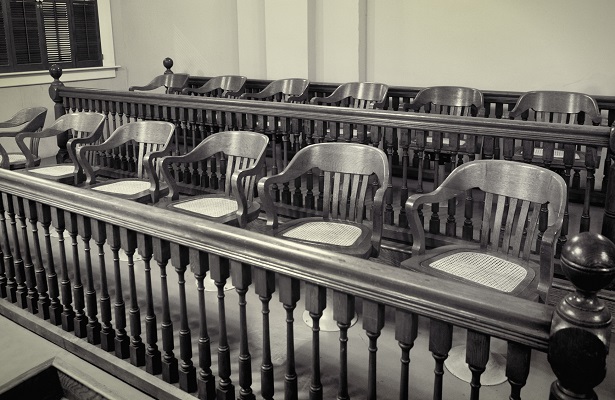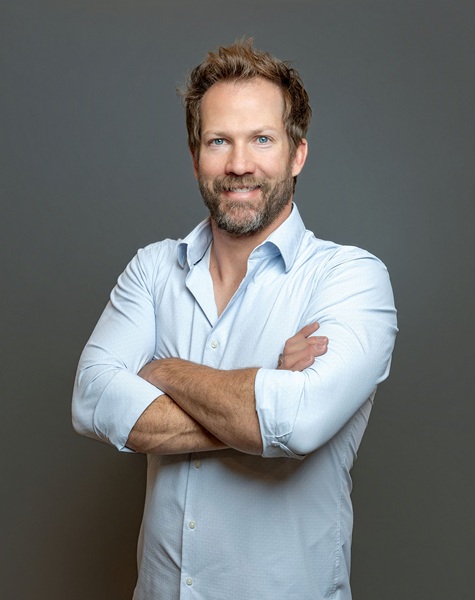Statute Opens Up Institutions to Historic Abuse Liability

By: Will Jones
In February, New York State Governor Andrew Cuomo signed the Child Victims Act of 2019 (CVA), which amended several laws governing sexual offenses committed against children.
The CVA significantly expanded the statute of limitations for these offenses by extending the time to bring felony charges by five years. It also allows victims to seek civil relief charges against abusers and enabling institutions until they turn 55 and removes the 90-day notice of claim requirement for bringing claims against municipalities and school districts.
The law also opened up a one-year, one-time window, beginning Aug. 14, 2019, for victims to seek compensation regardless of abuse date. In addition to New York, 16 other states and Washington, D.C. have similar statute of limitation reform laws taking effect in 2019, according to Child USA. Overall, 80% of states have addressed this area of reform in 2019.
The changes to the statutes represent a significant increase in exposures. The most affected will be schools, churches, foster care facilities, nonprofit organizations and children’s organizations, such as Boy Scouts and Girl Scouts, according to an AM Best Commentary.
In New York, the statutory age limit for victims to seek civil relief was previously 23 years old. Now, it’s 55 years old—“that is a significant increase in itself,” says Vicky Riggs, senior financial analyst, AM Best. “Anyone who was denied bringing their claim to trial because of those statutes can now go back decades to bring their suit, whether it’s a civil or criminal matter.”
For these institutions, “the look back window is also problematic,” she continues. “There will be more child sexual abuse victims seeking compensation, civil and criminal suits will increase and, because insurance for this kind of coverage wasn’t really purchased until the late 1990s and early 2000s, a lot of the liability will fall to the institutions because of so much time that has passed.”
Riggs predicts that “as the number of claims increase, the price of insurance is likely to rise, and I’m sure there are going to be some policy language changes and exclusions going forward,” she says. “Some schools and churches may be looking at pooling their risk and looking at captive solutions.”
An increase in claims and litigation could significantly affect some insurers’ ability to specialize in providing coverages in the future, according to an AM Best Commentary. And while insurers that implement an abuse and molestation exclusion face a “limited exposure,” Riggs says, “there are so many cases in which insurance wasn’t even purchased by institutions, so the main exposure will be for prior acts.”
As the one-year, one-time window for victims to seek compensation regardless of abuse date progresses “we’ll know a lot more,” Riggs adds. “Insurers are expecting a huge influx of claims activity. Going forward, there will be a lot more risk mitigation and language to either cover or not cover such acts.”
Will Jones is IA senior editor.










